A Photo Syllabus of Samatha Hopkin's Course "Paleontology of Oregon"
By Derek Maiolo
November, 2017
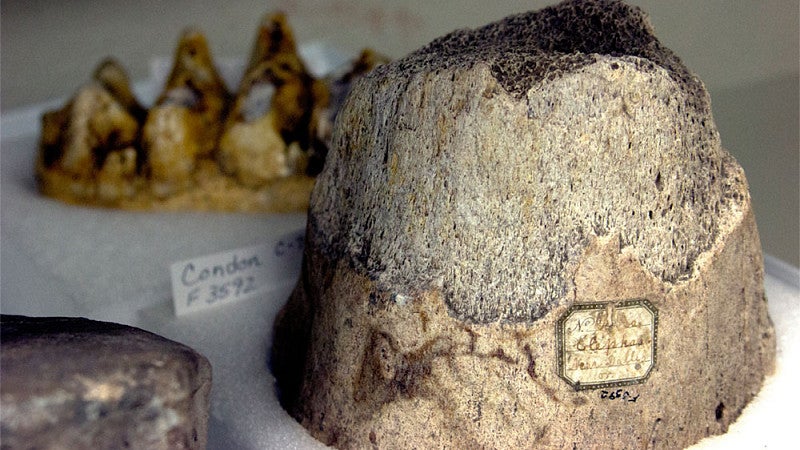

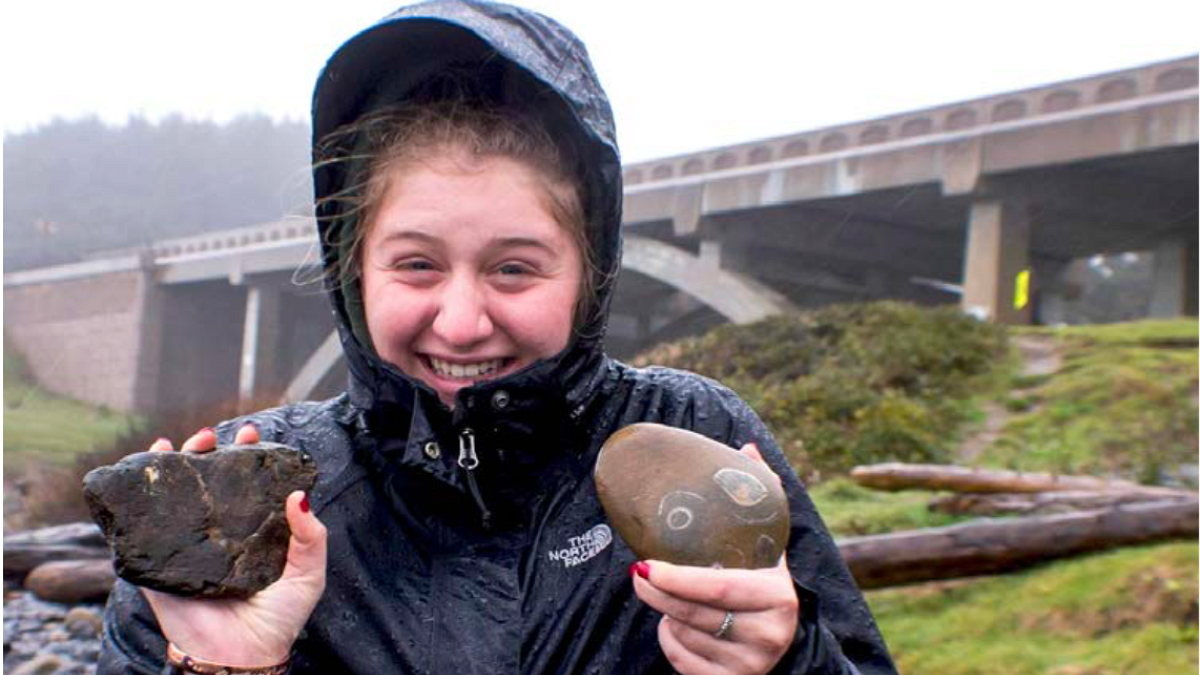
Take a field trip to the Oregon Coast where you’ll hunt for fossilized bivalves (science lingo for clams and oysters), explore tide pools, and learn about the local geology. You can even take home some souvenirs. Photo of Ashley Goussak by Ben Pettis.
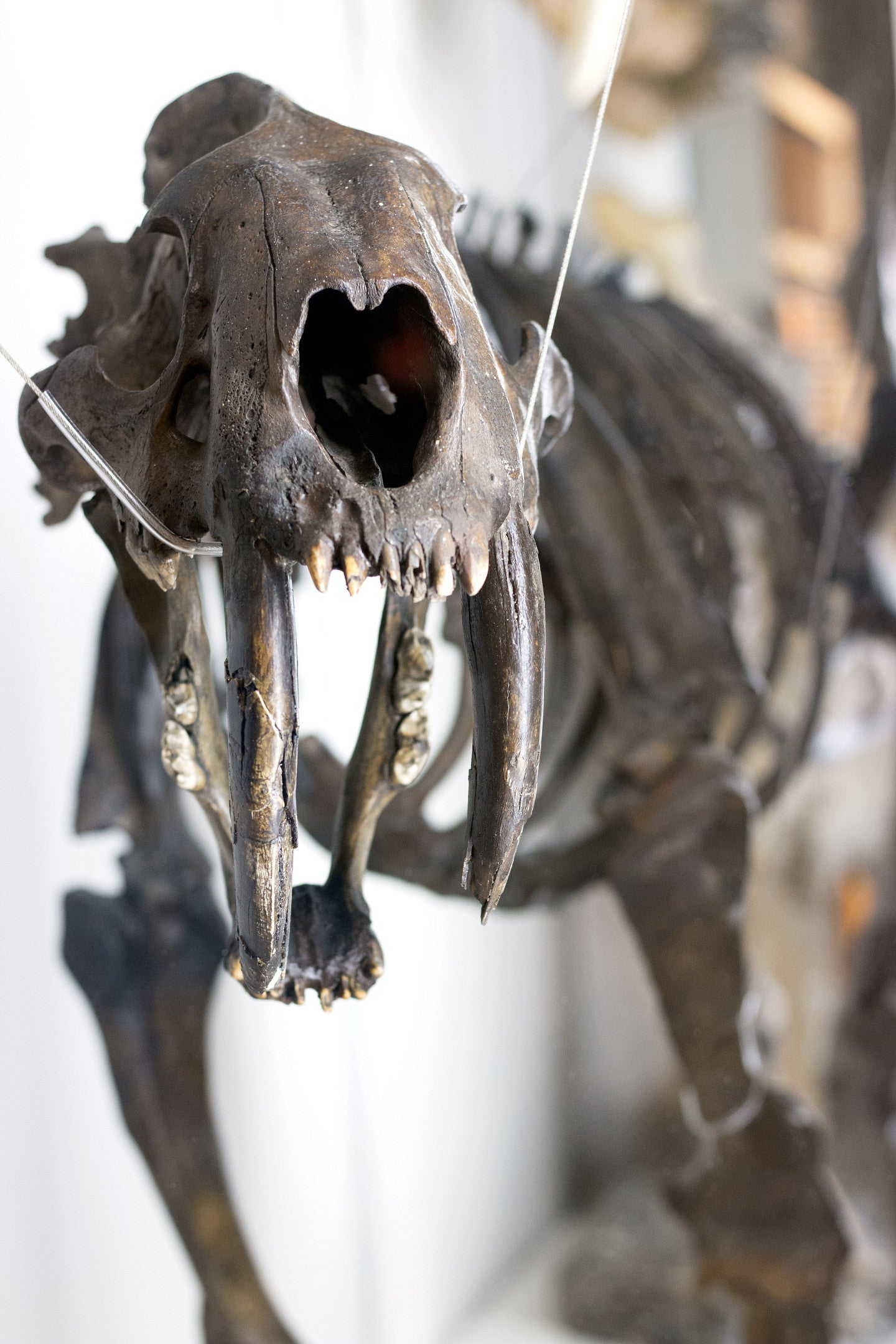
You’ll make a few visits to the university’s Museum of Natural and Cultural History during and outside the class to see reconstructions of the creatures from the readings. This saber- toothed cat for instance, some prehistoric dogs, and a very giant sloth are among the most popular on the museum menu.
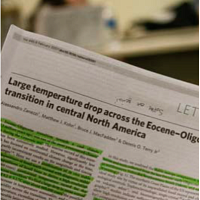
Weekly readings focus on research papers dating from the early 20th century to the present, covering topics such as past (and possibly future) mass extinctions and the evolution of dogs. You’ll answer questions based off the readings outside of class, then analyze the readings in groups.
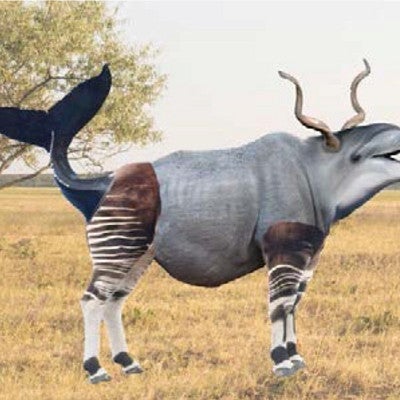
What do whales, zebras, rhinos, dolphins and ibexes have in common? They’re all even-toed ungulates descended from common ancestors. You’ll learn how evolution has morphed other species over time to give us the animals we know today.
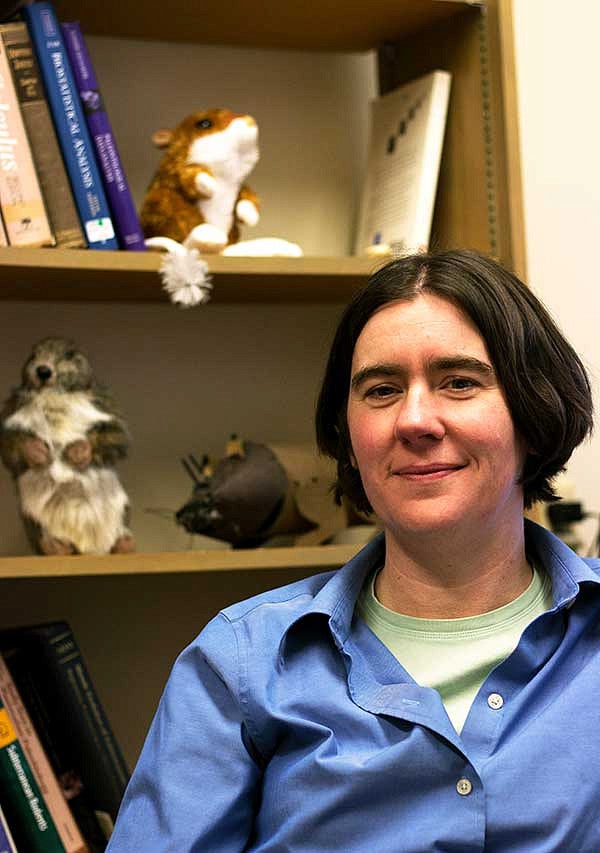
Meet the professor behind the whole thing. Samantha Hopkins, an associate professor of earth sciences and associate dean of the honors college. Her academic areas include environmental change and the evolution of mammals. As you may guess by the stuffed animals lining her office, her specialty is rodents.
Hopkins was recently named a 2017-18 Williams Fellow. The Tom and Carol Williams Fund for Undergraduate Education selects Fellows who have demonstrated an extraordinary commitment to undergraduate education by challenging their students academically, creating an engaged learning environment, striving to improve the learning process, and fostering interdepartmental collaboration.
Dean Terry Hunt says that Hopkins’ classes offer students “a virtual field-trip into an exotic location, while giving them the opportunity to read and analyze current research.”
Understanding that normal institutional budget funds tend to reiterate a status quo, the Williams wanted to create a resource that if placed thoughtfully could have a revolutionary effect on the way the university addresses undergraduate education.
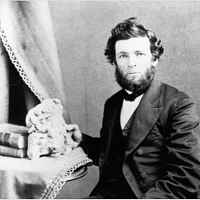
Thomas Condon (1822-1907) left quite a legacy at the University of Oregon and the state as a whole. His discoveries of fossils in what is now the John Day formation brought the region to the worldwide fame it still enjoys. The Condon Fossil Collection currently includes about 100,000 specimens that he discovered over the course of his career. According to the UO’s Department of Earth Sciences, it’s the only professionally curated university museum fossil collection in Oregon. The size of the collection, determined by the number of specimens, ranks twelfth in the nation.
Photo courtesy of UO Libraries Special Collections.
You Can Get involved!
Saber-toothed cats, giant sloths, mineral collections, and more are on display and available to the public at the UO Museum of Natural and Cultural History. The museum, located at 1680 E. 15th Ave. is open 11 am to 5 pm Tuesday through Sunday, closed on Mondays. The museum also hosts several events, including Ideas on Tap the first Wednesday of each month; a pub conversation that includes talks about paleontology, archaeology— and beer.
